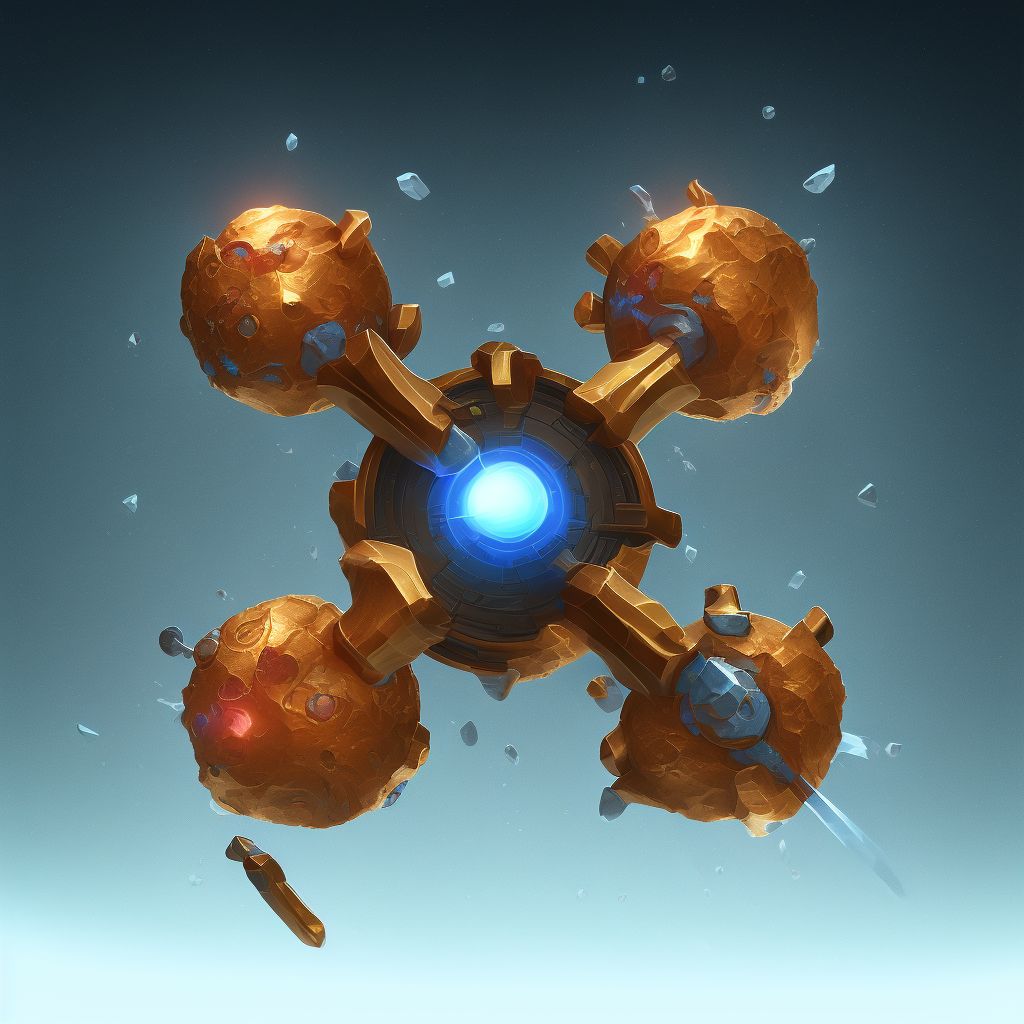
Displaced oblique fracture of shaft of left fibula, subsequent encounter for open fracture type I or II with nonunion Save
ICD-10 code: S82.432M
Disease category: S82.432: Displaced oblique fracture of shaft of left fibula
Displaced Oblique Fracture of Shaft of Left Fibula: Understanding Open Fracture Types I and II with Nonunion
When it comes to bone fractures, one of the less common but significant types is the displaced oblique fracture of the shaft of the left fibula. This specific fracture occurs when a bone in the lower leg, known as the fibula, is broken in an angled manner and displaced from its original position.
During the subsequent encounter, it is crucial to understand the severity of the fracture. In this case, the open fracture type I or II with nonunion is observed. An open fracture, also known as a compound fracture, is when the broken bone pierces through the skin, exposing it to the external environment. Type I open fractures indicate a clean wound, while type II involves contamination or a larger wound.
Nonunion refers to the failure of the fractured bone to heal properly. It occurs when the body's natural healing process is disrupted or impeded, leading to a delay or absence of bone union. In the case of a displaced oblique fracture of the shaft of the left fibula, nonunion can complicate the healing process and prolong recovery time.
- The Importance of Timely Diagnosis:
- Possible Complications:
- Rehabilitation and Recovery:
Diagnosing a displaced oblique fracture of the shaft of the left fibula, subsequent to an open fracture type I or II with nonunion, is crucial for appropriate treatment. Medical professionals employ various diagnostic methods such as X-rays, CT scans, and physical examinations to assess the severity and plan the course of action.
Failure to address nonunion, in combination with an open fracture, can lead to various complications. These include infection, chronic pain, restricted mobility, deformity, and potential re-fracture. It is essential to follow up with the appropriate medical professional to avoid such complications.
While this article does not focus on treatment, it is important to note that treatment plans for this type of fracture typically involve surgical intervention, immobilization, and rehabilitation. Physical therapy and regular follow-ups with healthcare providers are crucial for successful recovery.
In conclusion, a displaced oblique fracture of the shaft of the left fibula, subsequent to an open fracture type I or II with nonunion, is a complex injury that requires immediate attention and proper diagnosis. Seeking medical advice and following through with the recommended treatment plan are vital for a successful recovery and to prevent potential complications.
Treatment of Displaced oblique fracture of shaft of left fibula, subsequent encounter for open fracture type I or II with nonunion:
Exploring Treatment Options for Displaced Oblique Fracture of the Shaft of the Left Fibula, Subsequent Encounter for Open Fracture Type I or II with Nonunion
Dealing with a displaced oblique fracture of the shaft of the left fibula, subsequent encounter for open fracture type I or II with nonunion can be challenging, but there are various treatment options available to help you rec...
To see full information about treatment please Sign up or Log in